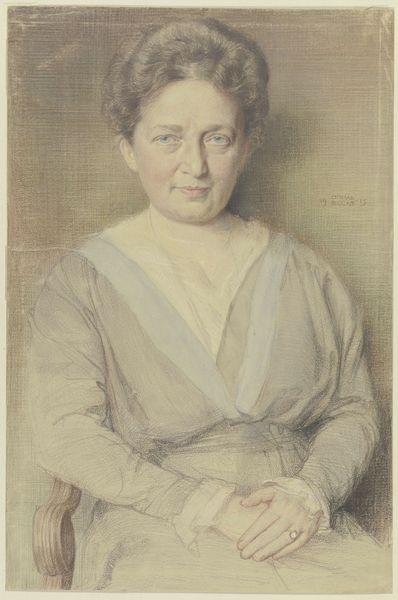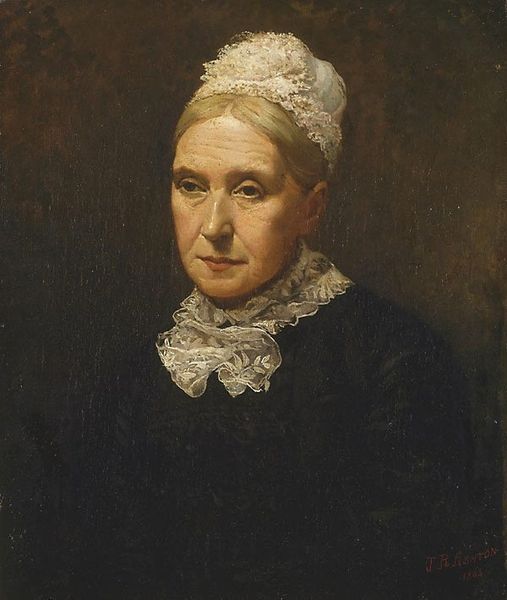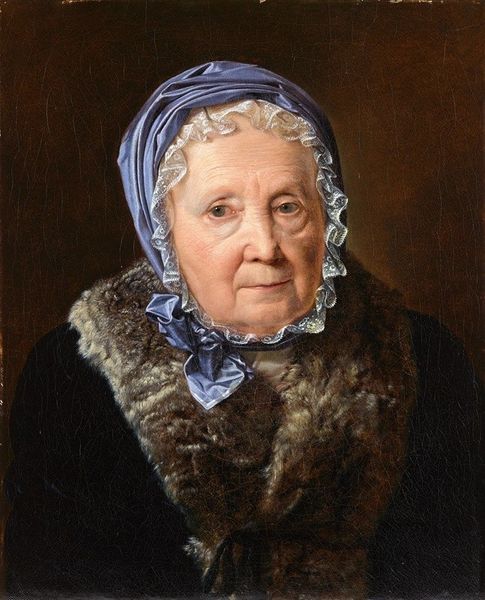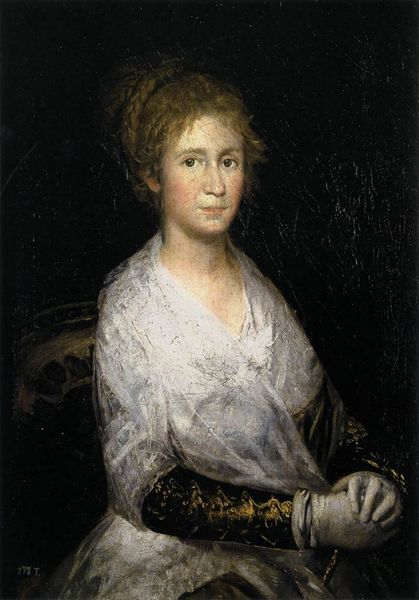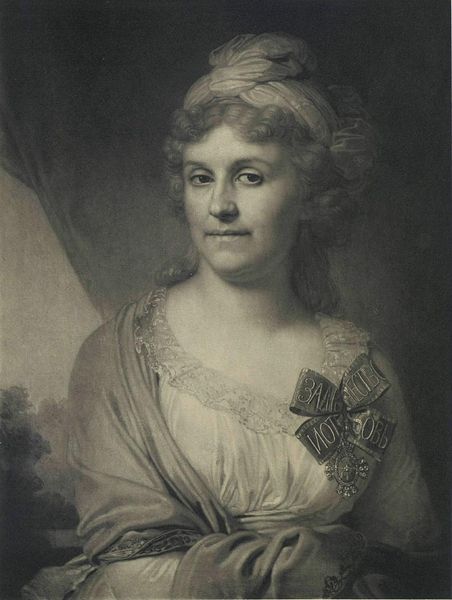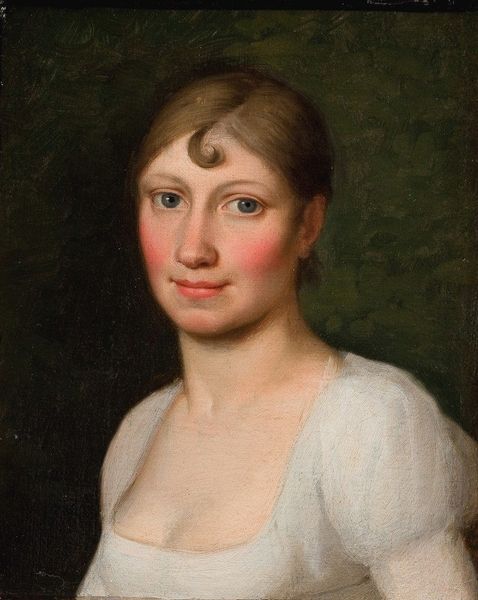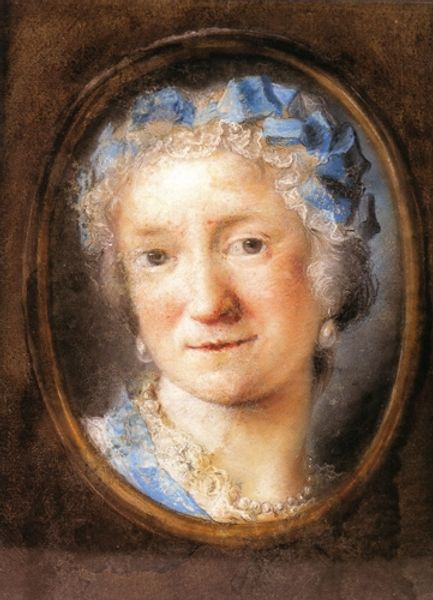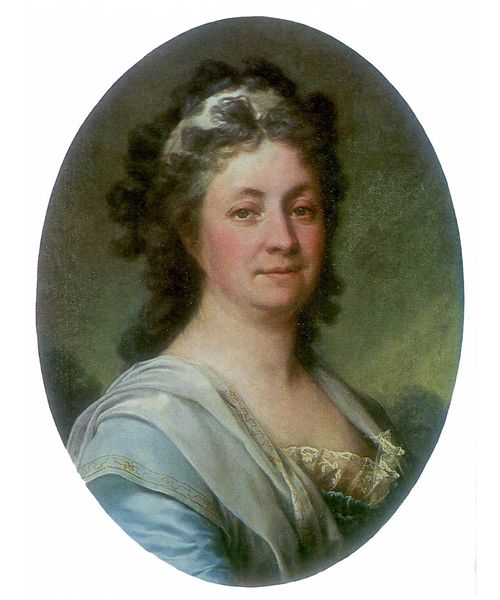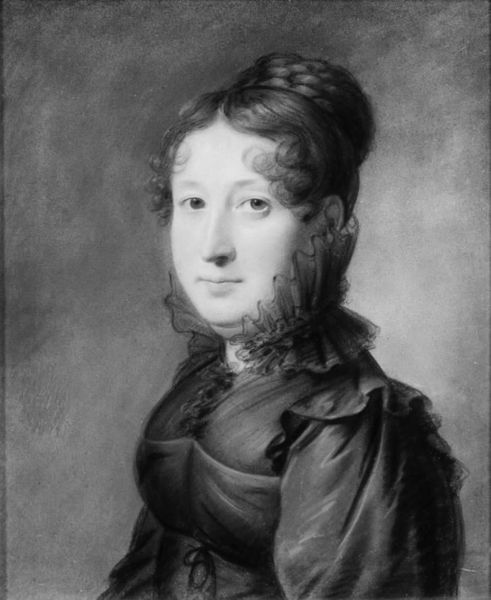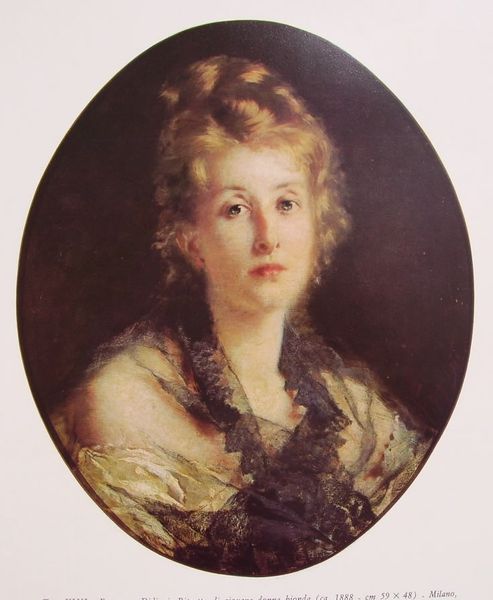
painting, oil-paint
#
portrait
#
painting
#
impressionism
#
oil-paint
#
portrait drawing
Copyright: Public domain
Editor: This is Mary Cassatt’s "Portrait of Madame Cordier" from 1874. Painted in oil, the portrait captures its subject in a soft, almost hazy light. It feels very intimate, almost as if we’re being invited into a private moment. How do you interpret this work, especially considering the context of its creation? Curator: What strikes me is the intersection of Cassatt’s personal position and the socio-political role of women in art at this time. Consider how Cassatt, as a woman artist, portrayed other women. Do you think it differs from how male artists depicted women during that period? Editor: That’s an interesting point! I guess it feels different. It's like she’s capturing the essence of Madame Cordier rather than just her physical appearance. There's a sense of understanding, maybe even shared experience, in her gaze. Curator: Precisely. Cassatt was working within and against the established art world, largely controlled by men. Portraits like these served a dual function: showcasing skill but also quietly subverting expectations of how women should be represented. Do you notice anything in the composition or color palette that might support this? Editor: Well, the dark clothing against the lighter skin creates a very subtle, sophisticated contrast. It avoids the bright, decorative elements often associated with female portraits. Curator: Exactly. She’s deliberately rejecting the tropes of feminine representation and quietly asserts the subject’s, and her own, intellectual and social presence. In what way does Cassatt take on the male gaze to deliver an objective observation, or is she? Editor: This makes me consider the implicit assumptions that viewers might bring, which the artist tries to negotiate through the work's imagery. Thank you. Curator: Indeed, reflecting on the cultural context can really unlock a deeper understanding of this seemingly simple portrait. It shows us the power of art to reflect, but also challenge, social norms.
Comments
No comments
Be the first to comment and join the conversation on the ultimate creative platform.
